Michael Butterworth
Advisor: Neil Minuk
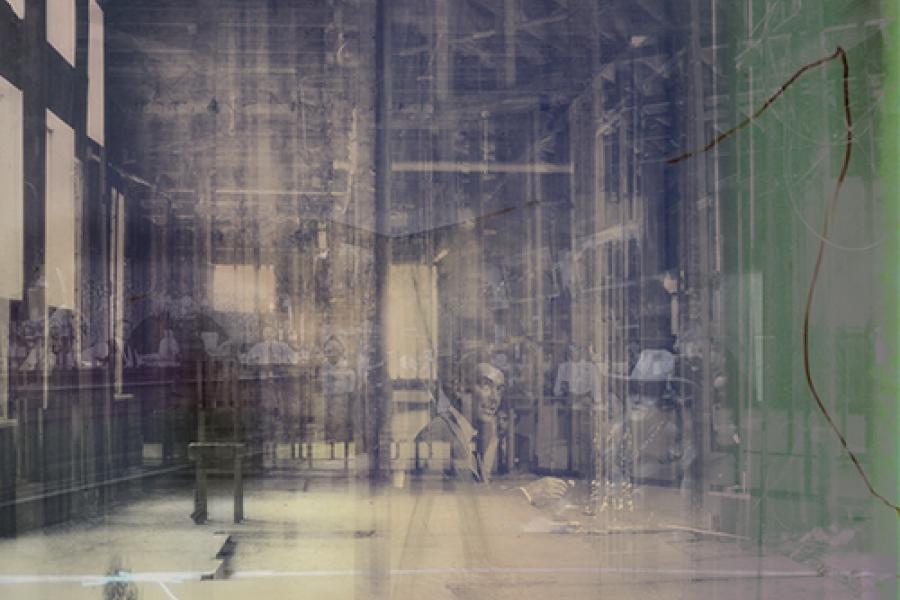
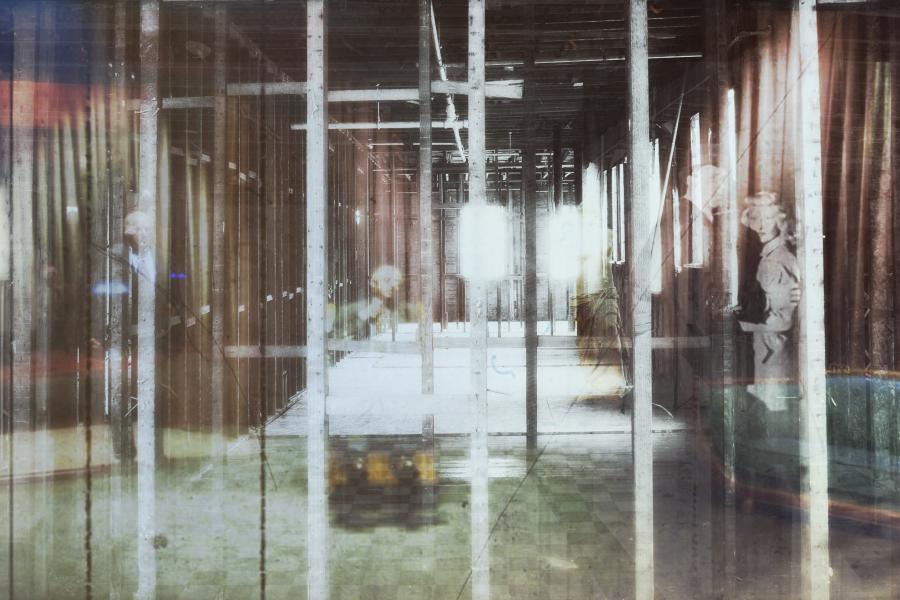
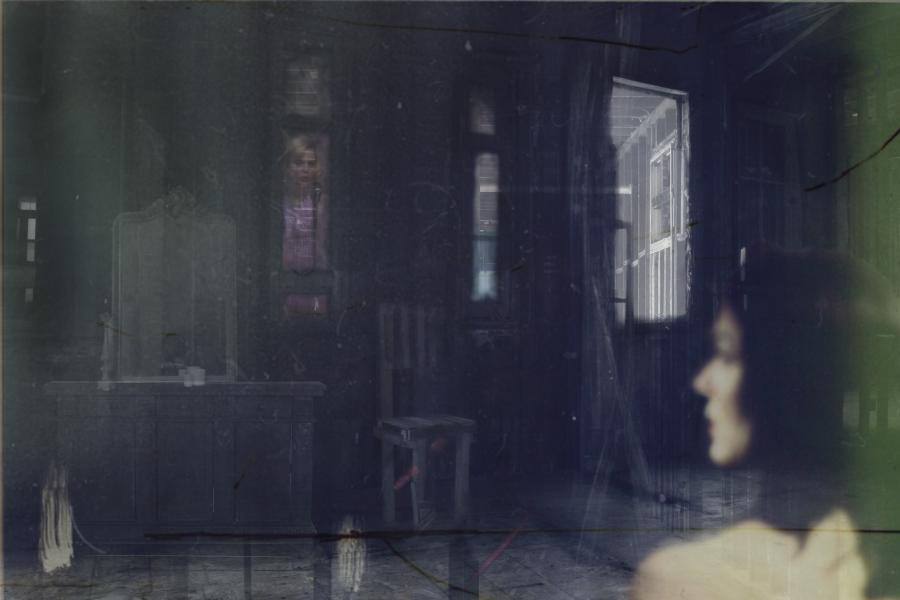
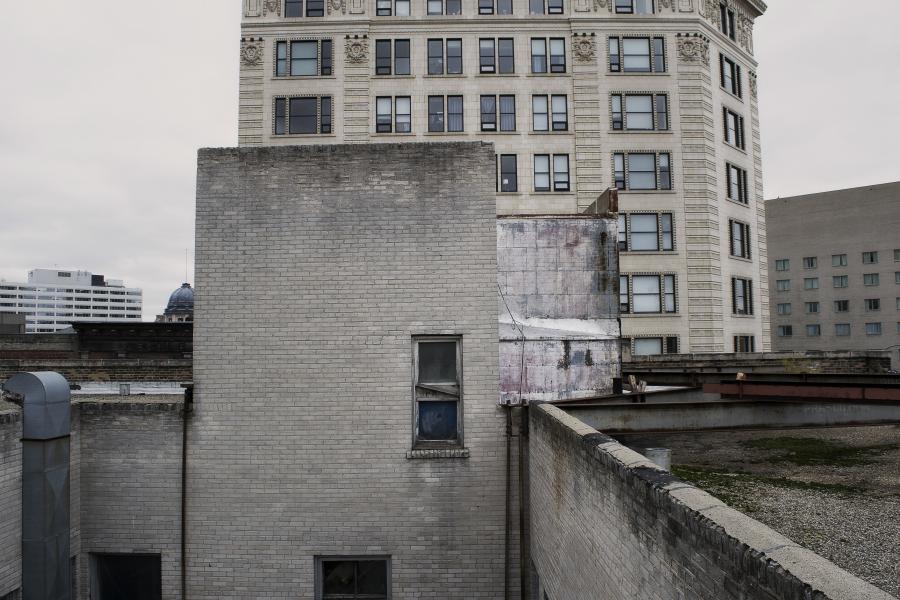
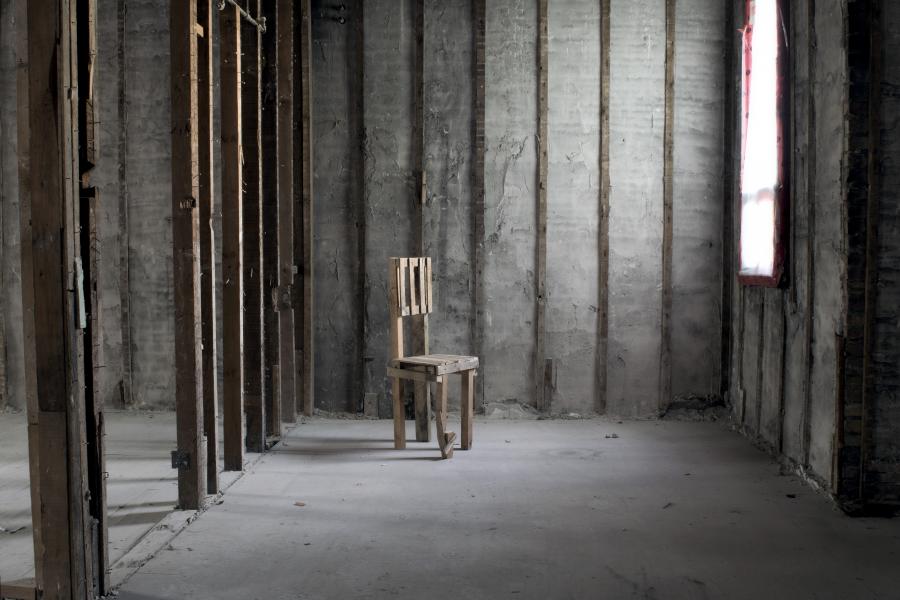
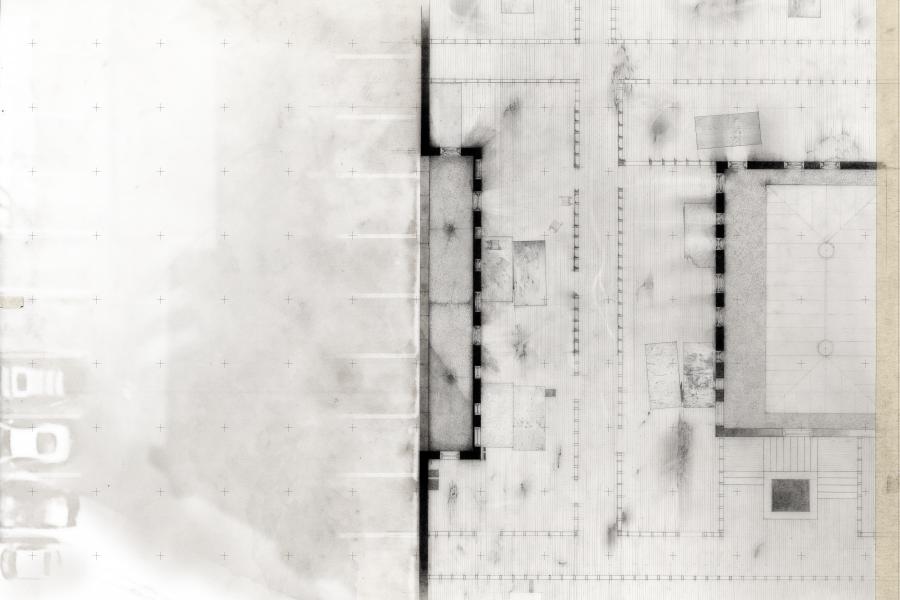
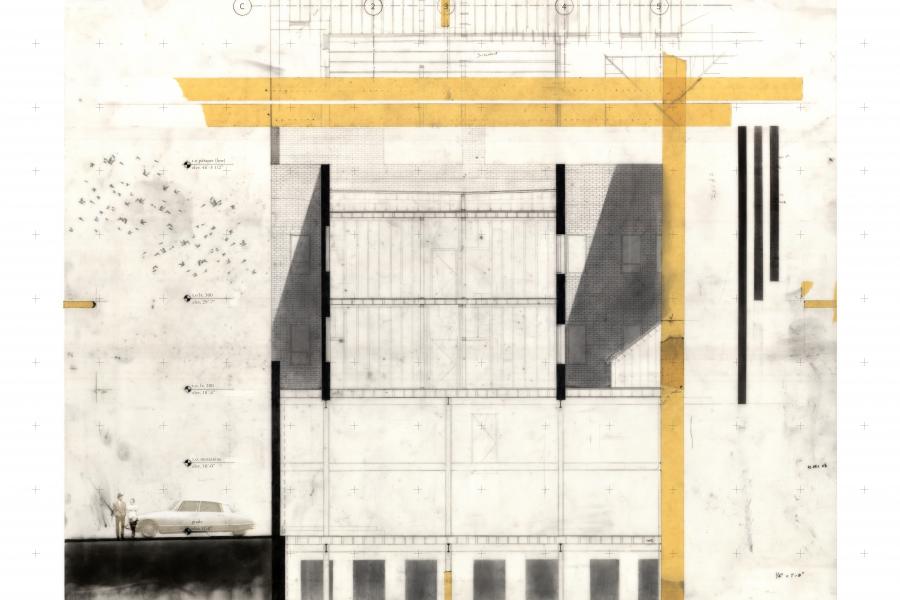
Architecture's Elusive Edge: A Question of Valuation and the Logic of the Limit
Kublai asks Marco. “When you return to the West, will you repeat to your people the same tales you tell me?” “I speak and speak,” Marco says. “but the listener retains only the words he is expecting… it is not the voice that commands the story; it is the ear.”
Italo Calvino, Invisible Cities (New York: Harcourt Brace Jovanovic, 1978) p.106
“How many maps, in the descriptive or geographic sense, might be needed to deal exhaustively with a given space, to code and decode all its meanings and contents? It is doubtful whether a finite number can ever be given in answer to this sort of question. What we are most likely confronted with here is a sort of instant infinity.”
Henri Lefebvre, The Production of Space, trans. Donald Nicholson-Smith (Oxford: Blackwell Publishers, 1991) p.85.
“Look your grace,” Sancho responded, “those things that appear over there aren’t giants but windmills, and what looks like their arms are the sails that are turned by the wind and make the grindstone move.” “It seems clear to me,” replied Don Quixote, “that thou are not well-versed in the matter of adventures: these are giants!”
Miguel de Cervantes, Don Quixote (New York: Harper Collins, 2003)
This thesis has its origins in a fascination for abandoned environments and their phenomenal condition of tension, in that they are viscerally familial and yet cerebrally distant, teasingly just out of reach. I have entitled this phenomenal condition the Elusive Edge and it is this thesis’ broad intention to develop an architecture within this conceptual framework of veiled complexity. All objects, whether it be the frost that takes possession of a window pane or the scratches and surface complexities of a well-worn floor, have qualities that are immediately available to perception but also contain qualities that are withdrawn from our immediate access, a secret half-life, perhaps never to be revealed.1
As such, this thesis then asks the question of how we can identify, accumulate and extract the latent design potentials hidden within the seemingly obsolescent and conventional objects we so often disregard? What forms of speculative design material can we amass via a more sensitive reading of the conventional objects and environments of the everyday? How can we implicate such elusive and embedded design material such that it can inform the creation of new worlds of perception, that challenge and speculate on our societies conventional cognizance and valuation of the real?
Using the St. Charles Hotel in Winnipeg, a building so symptomatically recognizable that it begs public dismissal, as a framework for inquiry, a series of mediations and interventions are proposed to study, archive and unveil the elusive vibrancy and complexity embedded within the existing structure. In turn this repository of latent phenomenon will be used to inform a new construction that simultaneously registers its material past as well as establishes a new interpretation of the site as given. In so doing it is this thesis’ intention to create a built construction that is physically immediate, yet displaces ones psyche beyond the comprehensible tangible edge, in an effort to intensify and challenge our conventional relationship with the experiences of the everyday. In short an individuated construction of an intensified Logic of the Limit.2
1. Graham Harman, The Quadruple Object (Winchester, UK: Zero Books, 2011) p.19
2. Ignasi de Sola-Morales, Differences (Cambridge, USA: The MIT Press, 1997) p.112
